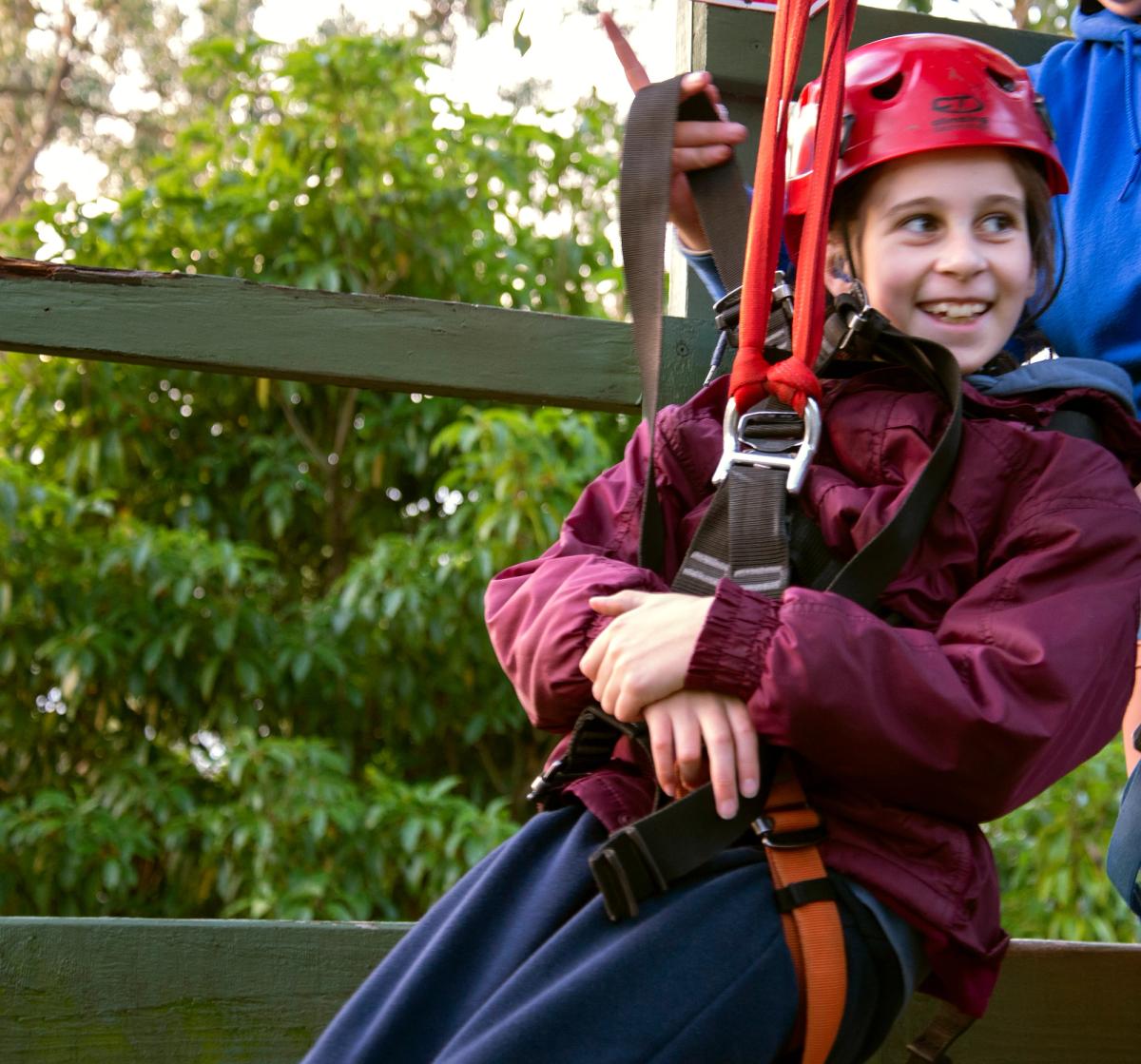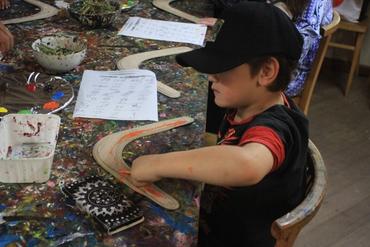Bilingual Programs: The Current State of Knowledge.
More research is needed, including studies reporting both reading and writing outcomes in sign bilingual programs.

What was this paper about?
The first sign bilingual programs started over three decades ago. Since then they have become established in countries including Sweden, the United States, Canada, Australia, New Zealand, the Netherlands and South Africa, but there is limited research to show how well they have been working.
This literature review examines research on reading outcomes for deaf children educated in sign bilingual programs. Only three studies published over 20 years (1997 to 2017) met the criteria for this review. All three studies were conducted in the United States. In total, they report on 127 deaf children, ranging from second graders to high school students.
What were the key findings?
- The outcomes reported were widely variable across the studies.
- There was not consistent reporting of factors that potentially could affect literacy outcomes, such as disability, level of sign language proficiency, use of hearing technologies and parental hearing status.
- More research is required. Because of a lack of research, we can’t be sure that students in sign bilingual programs are achieving much better outcomes than students in English-only programs of the past.
Where can I read more about this paper?
English Literacy Outcomes Outcomes in in sign Bilingual Programs: Current State of the Knowledge.
Printable 348 KB PDF



